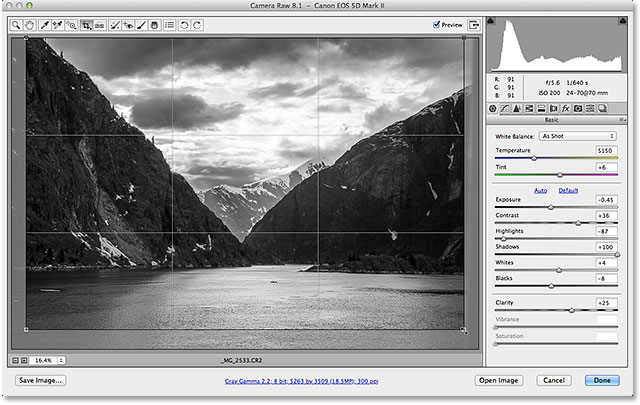

These are far better in protection than any WR from any camera manufacturer.This innovative product uses interactive video to teach digital photographers how to use the Adobe Camera Raw plugin in Adobe Photoshop CS5. When all of this sounds too cumbersome, there are very cheap plastic rain covers for incidental use available. When you do that your only point of concern is the mount. The aperture ring can be controlled from the camera. Just make sure that the tube is not too small or you won't be able to rotate the zoom ring. the length of your lens and pull it over the lens in case of bad weather. Lastly, a trick I learned from a workshop student to turn a non-WR lens into a WR lens: buy an innertube for a fatboy bike or a small motorbike. But I would certainly check out the EVF of the X-S10 before buying. When you plan to do a lot of video, the X-S10 with the XF16-80 might be the better choice because of the IBIS. However, all this is based on the assumption that you shoot images.

when you wear glasses the X-T3 EVF is much better compared to the X-S10 EVF. It's quite a bit bigger and brighter and with more resolution and less 'smearing' in low light. The main reason that I would prefer the X-T3 is the viewfinder. 4 to 4.5 stops (specs are highly optimistic -). It's not as good as IBIS but in practice you get 3 stops and with IBIS approx.

If you're gonna print big, you'll notice.Īs for the camera, the X-S10 might have the advantage of IBIS (In-Body Image Stabilization), but when you pair the 18-55 with and X-T3 you get the Optic Image Stabilization (OIS) of the lens. towards the edges and corners of the frame and with wider apertures. It's not to say that the 16-80 is bad, but the 18-55 is a step up in IQ. The XF18-55 might be an older lens with a shorter focal length, but from an image quality perspective I found it to be way better than the rather average 16-80. A camera is also more profoundly damaged by water. For a camera it's a bit different, as the top plate with dials and the back with buttons is very vulnerable to water accumulating there. Just don't leave it out unprotected in heavy rain or a desert sandstorm. Now that can be coincidence, but generally with some "tender-love-care" also non-WR lenses can easily withstand some rain, sand and dust. At the same time my WR XF90/f2 gave up just after a few months and two drizzles. It was pretty beaten up and had endured some heavy rain showers, but it never gave an issue. I've been using a non-WR lens for 6 years (XF23/f1.4) and it was one of my favorites.


 0 kommentar(er)
0 kommentar(er)
